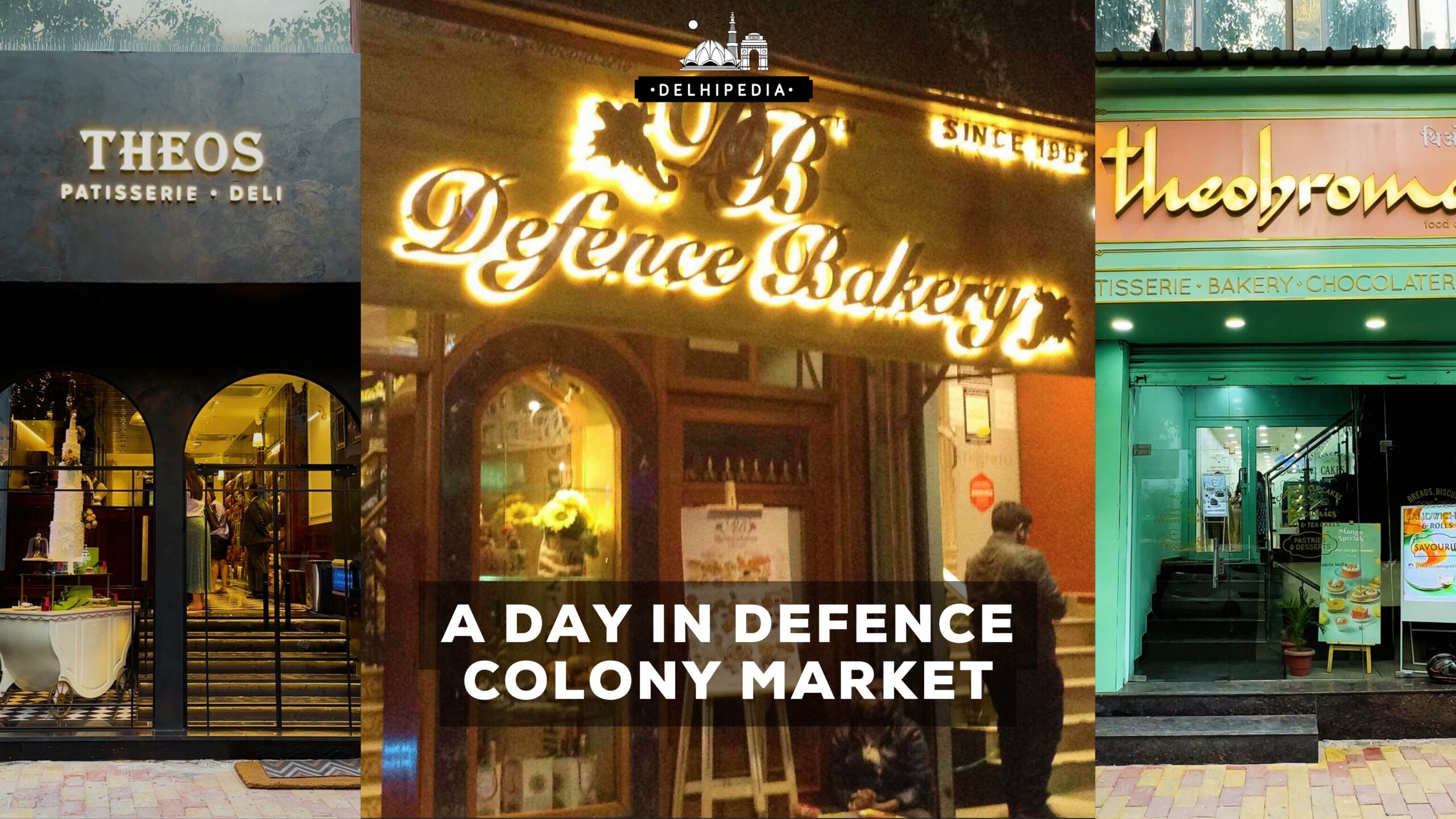The abode of the noted industrialist Ghanshyam Das Birla on what was then Albuquerque Road in south-central New Delhi (now 5, Tees January Marg) constructed in 1928 played host to many freedom fighters. Now converted into Gandhi Smriti, it is the place where the father of the nation-Mohandas K. Gandhi, first arrived on March 15, 1939, for meetings with the then governor-general, Lord Linlithgow and spent his last 144 days (between September 9, 1947, and January 30, 1948) and was assassinated. Gandhi had initially stayed at the Dalit Balmiki temple, near Gole market. Due to the requisition of temples for the refugee shelters, he moved to Birla House. Cemented footsteps retrace Gandhi”s last walk to where Nathuram Godse was waiting for him, touching his feet before assassinating him. Herbert T. Reiner, an American diplomat, played a significant role in capturing Gandhi’s assassin, Godse. He grasped Godse and restrained him until he was in possession of the Royal Indian Air Force. Nandlal Mehta filed an FIR at the Tughlak Road Police station at Delhi, written in Urdu with Persian words. Godse was put on trial in 1948 and hanged in the Ambala jail on 15 November 1949. Everything about the place memorialized the Mahatma. The mansion was acquired by the Government of India in 1971 and was converted into a memorial, opened to the public on August 15, 1973.It is unfortunate that most of the people associate Rajghat as the place of Gandhi’s assassination which is actually his cremation ground. “My main object in staying in Delhi is to give to the Muslims whatever comfort I can, that object was served better by my staying at Birla House,” Gandhi wrote on December 9, 1947, in the wake of the post-Partition riots.
Cloistered by the canopy of greens of Central Delhi, Gandhi Smriti is a placid world unto itself. The hallowed white mansion treasures photographs, books, accounts of the 144 days the Mahatma spent here. The entrance of the Smriti Bhawan is adorned by a large statue of Gandhi, a boy and a girl holding doves, sculpted by Ram V Sutar. The room where Gandhi stayed will take one down the memory lane with his glasses, knife, fork and spoon, mattress, an old well-used copy of Geeta, and his wooden desk untouched and the same as it was on January 30, 1948.
The first floor now comprises of Eternal Gandhi Museum with digitized physical interfaces including interactive instruments, pillars lightning up when visitors hold hands and surround it, symbolising the end of caste prejudice, and letters depicting important events of his life.
The TimeLine Browser installed on one of the walls allows visitors to see the leader’s life in chronological order, “From Mohandas to Mahatma“, through a horizontally moving tablet.
A martyr’s column stands in testimony to the spot where Gandhi was assassinated, surrounded by a broad stone pavement for devotees to take a reverential parikrama.Close to the Martyr’s Column on the lower lawns are the words of Gurudev Tagore, “He stopped at the threshold of every hut…”
To empower the underprivileged section through vocational skills like a computer, stitching and embroidery etc., Srijan-the Gandhi Smriti Educational Centre has been established in order to instil in them the appreciation for self-help, confidence and bread labour. Such ventures made this museum a composite hub for multi-purpose activities.
Bibliography
- Dhrubo, Jyoti.”A visit to the Mahatma” Hindustan Times, New Delhi.OCT 01, 2020. 08:00. PM IST.
- Murphy, Stephen.” Last day of the Mahatma”.Journal of the Geological Society of India 79 (1), 2012,5-10.
- https://www.gandhismriti.gov.in/node/88022
- http://wilearncap.asuscomm.com:81/wikipedia_en_all_novid_2017-08/A/Assassination_of_Mahatma_Gandhi.html
- https://www.secret-bases.co.uk/wiki/Herbert_Reiner_Jr
- https://www.thequint.com/news/india/indira-gandhi-death-anniversary-mahatma-gandhi-police-station
- http://wilearncap.asuscomm.com:81/wikipedia_en_all_novid_2017-08/A/Assassination_ of_Mahatma_Gandhi.html
- https://www.oneindia.com/india/birla-house-a-visit-to-the-gandhi-smriti-monument-2956859.html




